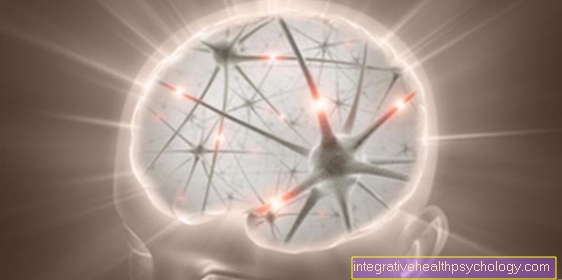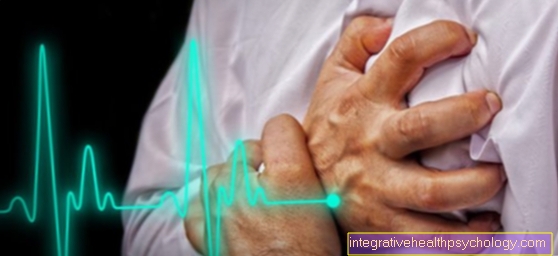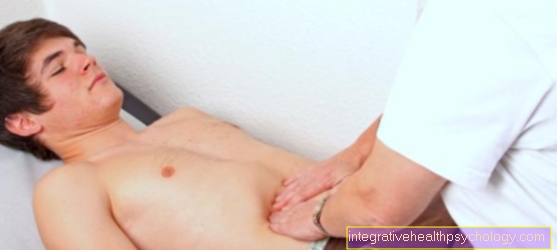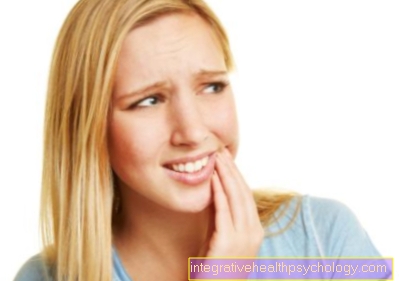Macular degeneration
Synonyms
AMD (age-related macular degeneration), in a broader sense also maculopathy.
English: macular degeneration
Definition of macular degeneration
The term macular degeneration describes diseases that affect the retinal center. The center of the retina is also called the yellow spot (macula) and represents the point of sharpest vision. Degeneration often leads to significant and irreversible disturbances in central visual acuity.
A distinction is made between an adolescent (juvenile) and an age-related (senile) form of macular degeneration.
In age-related macular degeneration, a distinction is made between a dry and a wet (exudative) form. In the dry form, the degeneration of the pigment layer of the retina is in the foreground, while in the wet form the ingrown of pathological vessels is added. These tend to bleed and then leave behind what are known as fibrovascular membranes.
Read more about the topic here: wet macular degeneration, dry macular degeneration

Recognizing macular degeneration
What are the symptoms of macular degeneration?
With macular degeneration, those affected usually notice gray shadows in the central field of vision, i.e. exactly where they are looking. Visual acuity is very impaired, often so bad that it is hardly possible to read.
Distortions of the objects looked at are also possible. This can be checked with a special map on which a network with grid lines is recorded (Amsler test card). The grid lines then appear curved. Color perception can also be disturbed.
How is macular degeneration diagnosed?
The symptoms described above give indications of macular degeneration.
The ophthalmologist can examine the fundus as part of an eye test with special devices. In the case of retinal degeneration, pigment shifts and so-called drusen can often be seen. Drusen are yellowish-white, small foci that are numerous over the central retina.
In wet macular degeneration, fluid accumulates under the retina, which can be characterized as a gray-brown, round protrusion of the retina. This can be determined very well with a dye vessel display (fluorescence angiography).
Test to see if you have macular degeneration. To the Amsler grid test
You might also be interested in this article: Macular edema
Treating Macular Degeneration
How is macular degeneration treated?
In most cases of macular degeneration, it is no longer possible to restore full vision. Changes in age can no longer be reversed! In many cases the disease process cannot be stopped completely, but only slowed down.
Various treatment options are available, ranging from surgical to medicinal measures.
The surgical options for macular degeneration include:
- Laser coagulation:
An attempt is made to use an argon-green laser to sclerose the pathological neoplasms of vessels. This can prevent bleeding, but the disease can progress elsewhere. Another disadvantage of laser treatment is the loss of field of view, also known as scotomas.
- Photodynamic Therapy:
A dye is injected into the patient's arm vein, which mainly accumulates in the newly formed vessels in the retina. These can now be obliterated using a non-thermal diode laser.
- Subretinal surgery:
In the case of very advanced macular degeneration or inaccessible to laser treatment or photodynamic therapy, the pathological neovascularization can also be surgically removed. An improvement in visual acuity is usually not to be expected. However, stabilization occurs and the visual acuity does not deteriorate further.
- Retinal rotation:
With this relatively new surgical method, the entire retina is cut off and rotated by around 30 degrees so that the center of sharpest vision (macula) comes to rest on a different part of the pigment cell layer. As a result, the macula is again attached to intact pigment cells. However, the twisting of the retina must be compensated for with an eye muscle operation.
As a medicinal option, there is the possibility of treating with substances that have an inhibiting effect on the formation of new blood vessels. Ranibizumab, pegaptanib and bevacizumab (Avastin) can be used for this purpose. The substances are injected directly into the eye and the injections have to be repeated regularly as the effect only lasts for a certain time.
Further attempts at therapy for macular degeneration aim to support the remaining eyesight. Magnifying visual aids such as illuminated reading magnifiers, magnifying glasses, screen readers and video magnifiers are used here, for example. In some university hospitals, those affected are also treated in so-called "Low Vision Clinics“Who specialize in the treatment of severe visual impairment through to blindness. Furthermore, the care should not be limited to the technical component, but must aim to motivate the patient to lead an active life despite their disability.
Macular degeneration prevention
What are the causes of macular degeneration?
Macular degeneration can be acquired or inherited. The most common form, however, is age-related macular degeneration (AMD). The exact cause has not yet been finally clarified. However, it is assumed that both environmental influences and hereditary factors play a role.
There is much evidence that an accumulation of metabolic products is responsible for the destruction of the cells of the retinal center. This is particularly true for AMD and is the result of overloading the pigment layer cells of the retina, which is due to aging processes. Other very likely causes include smoking, arteriosclerosis, high blood pressure and high light exposure of the retina.
Course of macular degeneration
What is the prognosis for macular degeneration?
There are currently no treatments that can completely cure macular degeneration. The course of the disease can at most be slowed down and in a few cases even stopped. Proven preventive measures are not known. Nonetheless, patients with retinal degeneration should be advised to quit smoking or to have their blood pressure adjusted correctly. The earlier a developing macular degeneration is discovered, the more effectively therapy can be started.



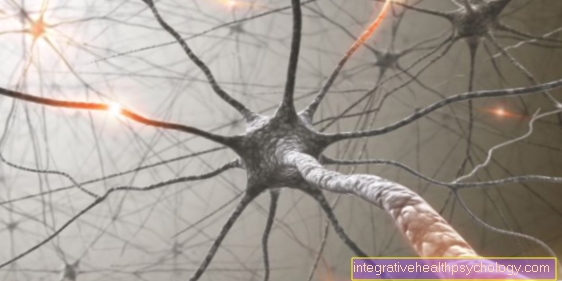







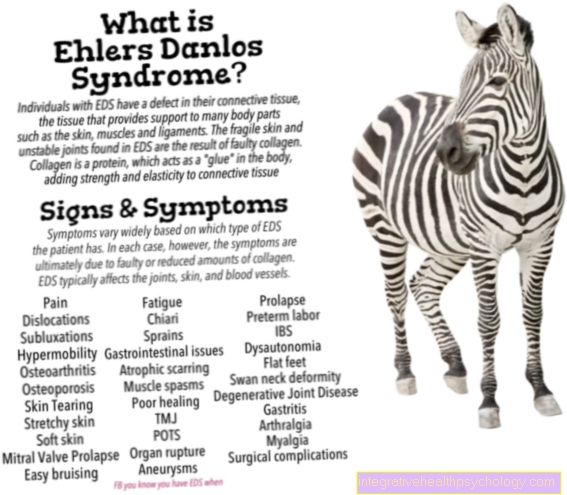

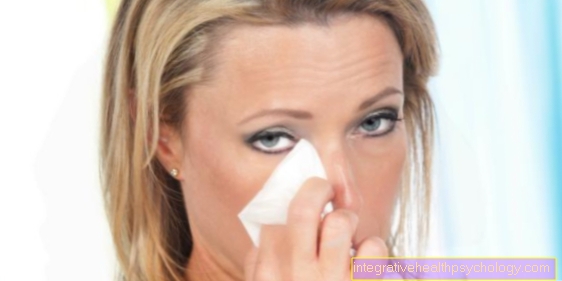
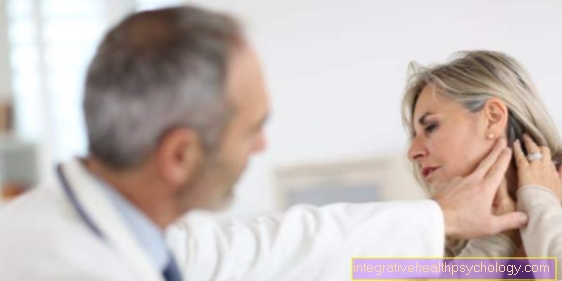

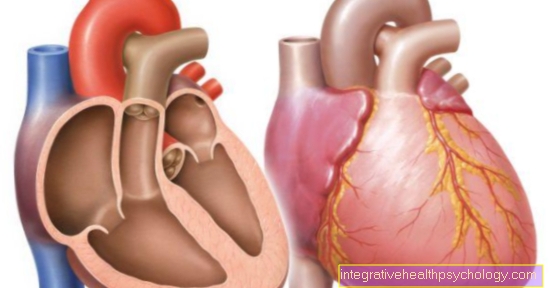


.jpg)



